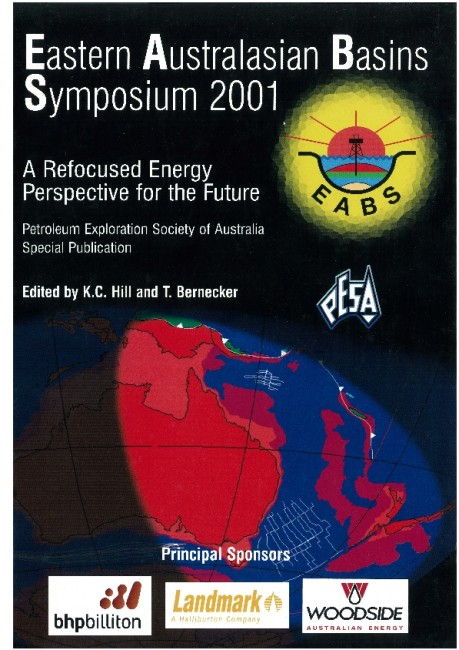Publication Name: Eastern Australian Basins Symposium 2001
Authors: R. Wood and D. Woodward
Date Published: November 2001
Number of Pages: 30
Reference Type: Magazine Article
Abstract:
The purpose of this project was to evaluate the usefulness of satellite gravity data as a reconnaissance tool for estimating basement structure and sediment thickness in frontier areas with little or no seismic coverage. The solutions are non-unique, but are constrained by all available bathymetry and seismic data and by assumptions about the shape and properties of the model layers. Our results show that one of the critical factors for improving the fit to the control points is the use of an appropriate density/burial function for the sedimentary layer.Three-dimensional modelling of satellite gravity data covering the north Taranaki Basin, Northland Basin and southern end of the New Caledonia Basin was used to predict the basement structure and sediment thickness beyond the areas covered by seismic data. In this area basement forms a series of horsts and grabens that are oriented sub-parallel to the axis of the New Caledonia Basin. The basins contain up to 6 - 8 km of sediment. Based on regional maturation studies in Taranaki, the area and volume of potentially mature source rocks is of the order of 50,000 km2, and 70,000 km3, respectively.


